Winding Canal Flows Ancient Town Grows The Tongzhou Section of the Beijing-Hangzhou Grand Canal
作者:Written and photographed/QIU Xuan, Beijing Zheng He and cean Culture Research Institute Translation/Yunxiao Zheng Yunwei Li
来源:旅游杂志社
发布时间:2020-11-04 17:00

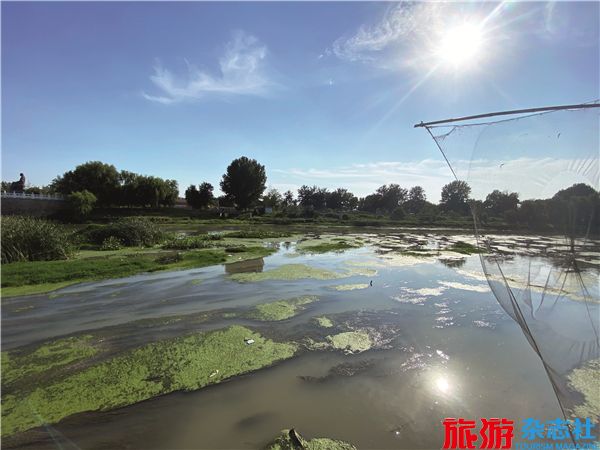

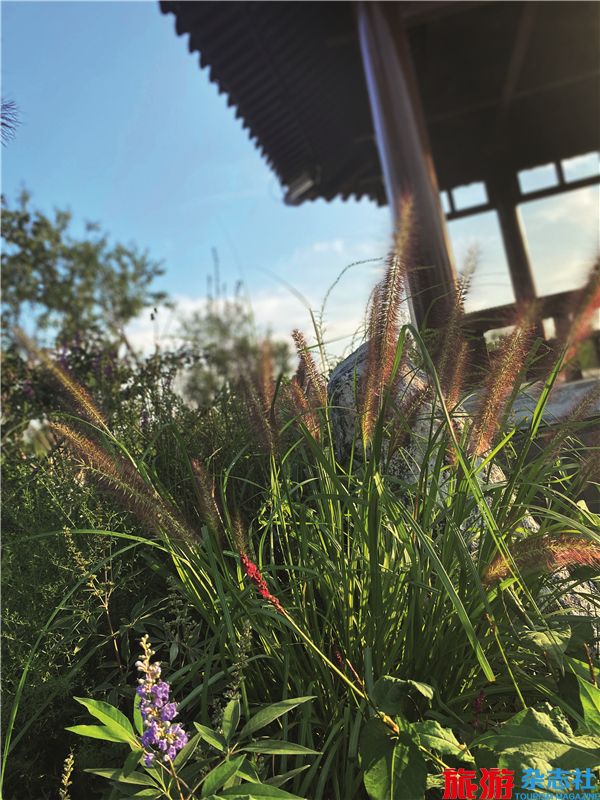
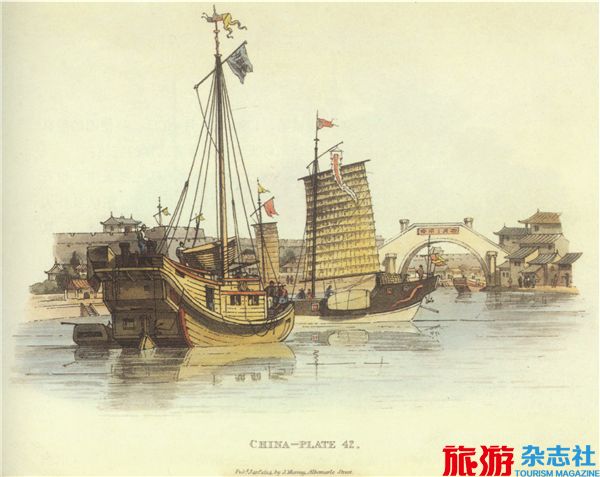
“The ancient piers, temples, pagodas, bridges, streets, shops, factories and kilns, as well as the bustling markets and people’s daily life along the Beijing-Hangzhou Grand Canal are unveiled for us like the unfolding Along the River During the Qingming Festival,” said the scholars. The glistening Beijing- Hangzhou Grand Canal (hereinafter referred to as “the Grand Canal”), ceaselessly running through thousands of kilometers, has nurtured hundreds of millions of population and carried Chinese civilization as long as thousands of years. The Beijing-Hangzhou Grand Canal stands for the soul of Chinese nation and the lifeblood of national unity and prosperity. The culture of Tongzhou Section at its north end is the epitome of such soul and lifeblood.
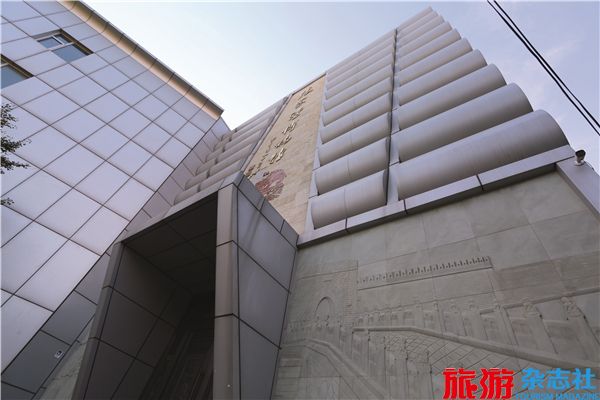
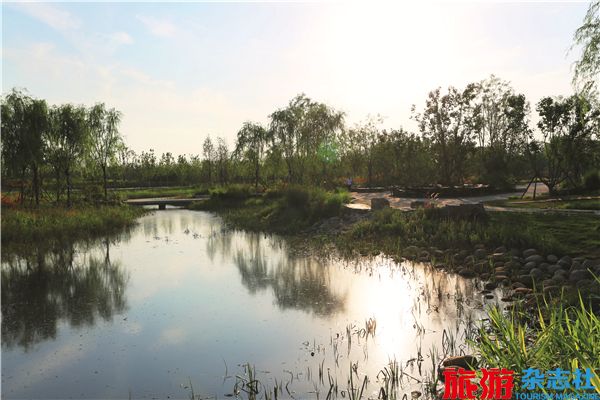
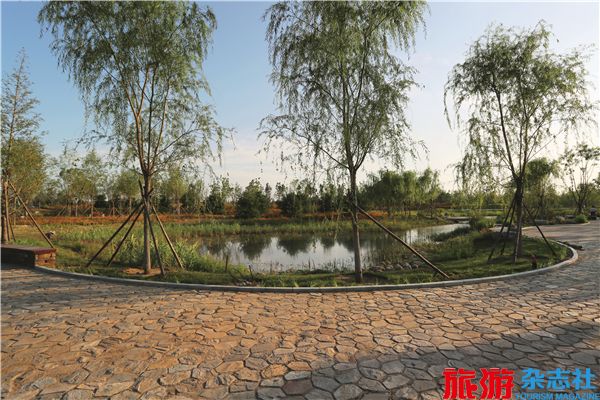
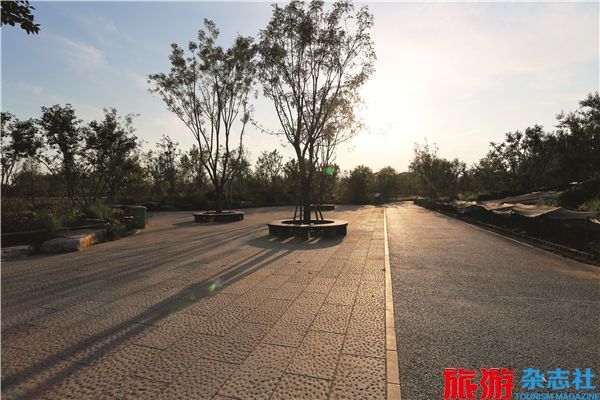
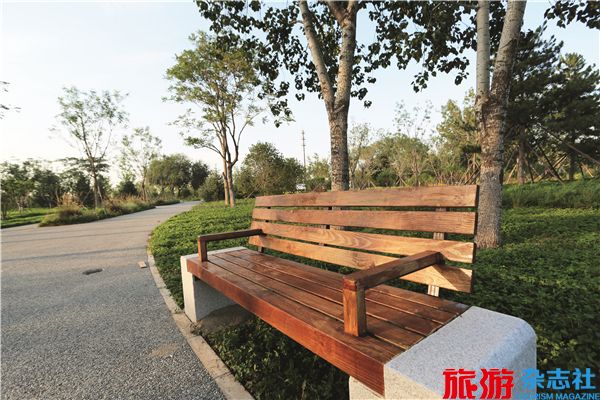
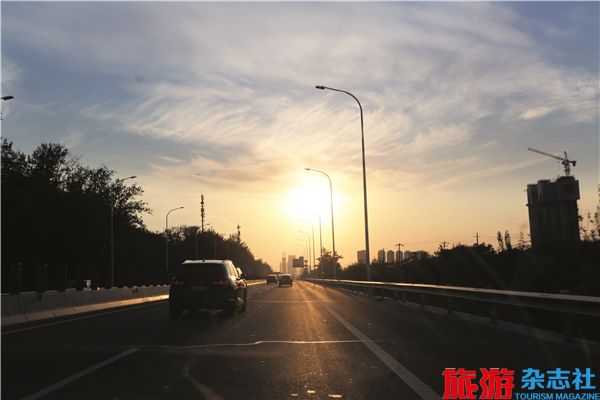
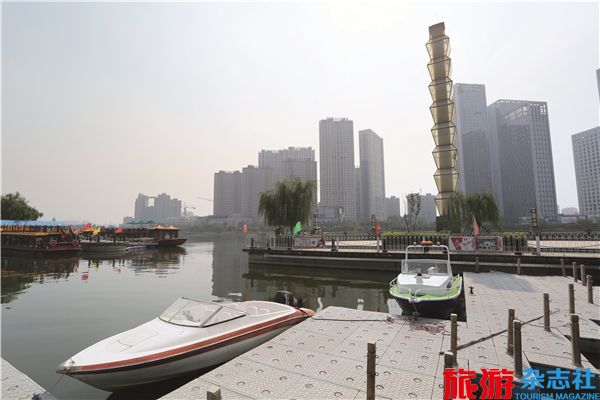
Traveling in a picture, when the sky meets the earth. On an ordinary day, traveling along the Lu River (the ancient name of the waterway between Tongzhou and Tianjin) of the Grand Canal’s Tongzhou Section and the Tonghui River, passing the Dongfu Bridge (Dongguan Bridge at the east end of Xinhua Street, Tongzhou) and the Beifu Bridge (at the north post outside the north gate of Tongzhou), one could enjoy a splendid view of grain transportation by water. Cargo ships gradually slow down, approaching the wharf, which I heard is an extraordinary one: an exclusive wharf for grain transport, which is specially used for the inspection of grain transported to imperial granaries in Beijing and Tongzhou, named Shiba (Stone Dam). There is another one nearby called Tuba (Earth Dam). During the annual grain transport period, important materials, such as grain, are firstly, transported to Daguanglou on the riverbank, which is also known as the Grain Inspection Tower. Officials of the Ministry of Revenue check the grain quality there. Later, around 30 thousand dan (around 1.8 million kilograms) are usually transported in one night to the capital by the Tonghui River, and 50 thousand dan (around 3 million kilograms) transported from the Tuba. In addition, in case of emergency, at the Shiba, there is also an open-air granary outside the temporary granary for grain storage. With such a large throughput, how many large-scale ships are needed to transport all those grain to the capital? Turning around, there are more than 150 ships of various sizes on the river: official ships, cargo ships, barges and passenger ships. Someone tells me that official ships are exclusive for Feng Yingliu, Head of the Department of Grain of the Ministry of Revenue, cargo ships are managed by the royal government, while barges and passenger ships are responsible for grain transportation. Moreover, numerous people with different professions also contribute to grain transportation: those who pole the boat, those who guide the boat, those who dredge, those who set up signs for warning the shallows or whirlpools, those who deliver grain or other goods cargoes by vehicles or animals, , those who carry the sedans for officials and rich businessmen, those who transport goods by cart or livestock, those who peddle food and supplies on the riverbank, those who make and repair tools by the riverside, residents and officials, yamen runners, intellectuals and more than 800 people from all walks of life. How prosperous the grain transportation is!
Academic and Food Cultures along the Thousand-Year-Old Canal
Getting off the boat and strolling along the two sides of the Grand Canal, it is a good choice to explore the historical sites and learn local customs and the culture of the canal area. As far as I know, people who live and work on the canal generation by generation as ship owners, dockworkers and boat trackers endow the life here with uniqueness. Tongzhou, the northern tip of the Grand Canal, is known as the famous grain transportation terminal, directly administrated by the Head of Imperial Granary in Ming and Qing Dynasties. With numerous merchants gathering here, Tongzhou becomes the transport hub and trade center of northern China, characterized by advanced economic development. Therefore, merchants and travelers of different ethnic groups and religions are willing to settle down along the river, jointly developing the canal culture.
There were five academies in total during the Ming and the Qing dynasties, namely Tonghui Academy, Yang Xingzhong Academy, Wendao Academy, Shuanghe Academy in Ming Dynasty and Lu River Academy in Qing Dynasty. These academies were closely related to the Grand Canal and were all located by the west side at its north end. Together with Tongzhou Confucius Temple and the Tongzhou Examination Hall, they became an indispensable part of the Grand Canal culture, especially the Lu River Academy, which played a considerably influential part in it. Due to the fame of Lu River High School, whenever one mentions Lu River Academy, many people would regard it as the predecessor of Lu River High School. In fact, they have nothing to do with each other. According to research, Tongzhou had another academy named after the Lu River, but they were two independent academies. The earliest one was established by the government: the grain department bought residential houses with 450 liang (22.5kg) of silver, , changed them to the academy, and recruited teachers. Later, because the grain department experienced loss, the Lu River Academy was secured, and the Academy had to close. Since then, the Lu River Academy had been suffering from financial problems. In the forty- sixth year of Emperor Qianlong’s reign in Qing Dynasty (1781), the Lu River Academy was the largest one since its establishment, both in terms of the size of buildings and the number of students. Later, because there were too many students, the was Academy had to be expanded again. Then, the “Hongwen Society” was established and changed to Tongzhou Governmental Primary School in the twenty-ninth year of Emperor Guangxu’s reign during the Qing Dynasty (1903).
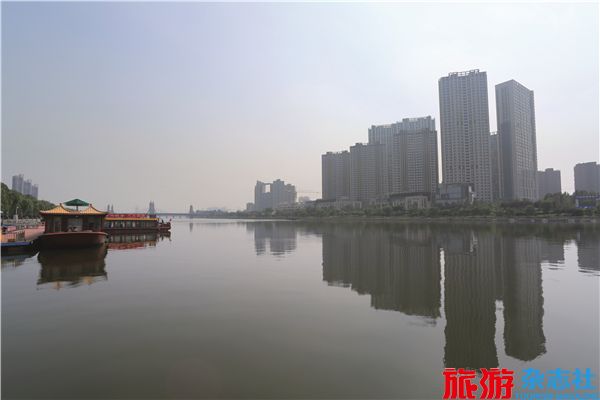


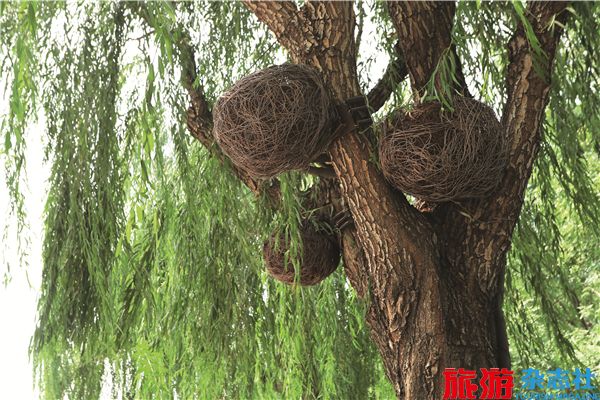
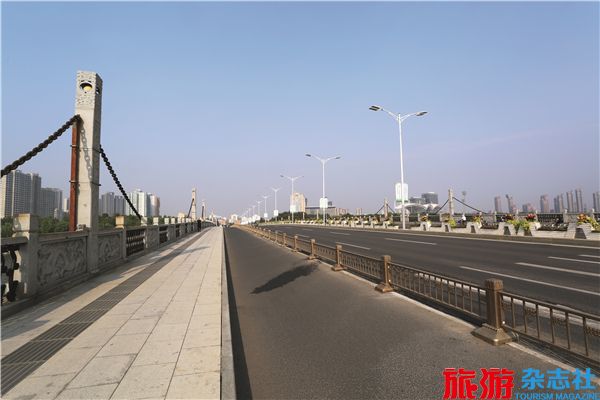
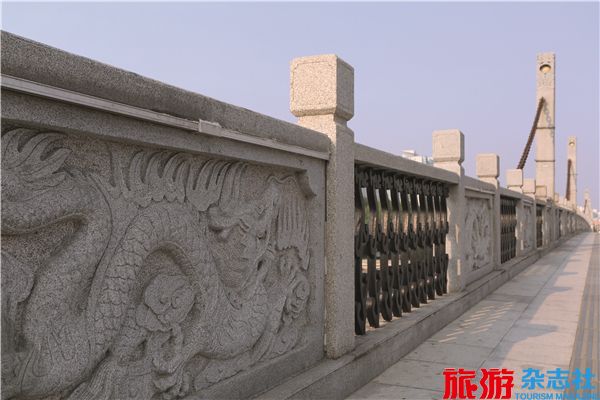
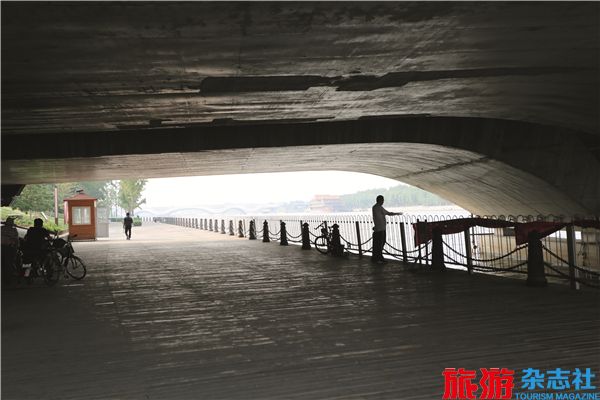
However, the other Lu River Academy was the predecessor of Lu River High School, which was established by the American Board of Commissioners for Foreign Missions in the sixth year of Emperor Tongzhi’s reign in the Qing dynasty (1867) in Tongzhou. It was initially known as the Lu River Boys’ School, for students from low-income families and offering them clothes, food, and education. In the 15th year of Emperor Guangxu’s reign in the Qing Dynasty (1889), the Lu River Boys’ School was upgraded to a college and renamed the Lu River Academy, with a high school established at the same time. In 1919, the old High School Affiliated to Lu River Academy was changed to the Lu River High School. Therefore, the former Lu River Academy boasts traditional Chinese culture, while the latter one is the fruit of the introduction of western learning to the east, equivalent to a church school.
Awakened from the dream of touring the Grand Canal in a painting, we enter into the present Lu River Academy – Lu River High School, which boasts a unique charm. The campus is peaceful, beautiful, and graceful. The main building is called “Xieshi Building”, built in 1903 with grey bricks and covered by green vines. There is also a bell tower, resembling a church with the nickname of the “Red Building.” A lake, rockery, a forest of old trees could all be spotted behind the main building, with weeds sprawling across the land. Strolling along the zig-zag trail by the lake, I can see the reflection of Lu River High School’s old gate in the water, similar to the gate of ancient castle in the west. White marbles stand by each side – respectively carved with"Lu River High School" and"American Board of Commissioners for Foreign Missions". Aligned with white walls, the gate is not big, but solemn enough to show its grandeur with magnificent calligraphies.
As for its food culture, the famous “three treasures of Tongzhou” – Xiaolou Catfish Stew, Baked Sugar-Stuffed Cake from Dashun House, Wantong Fermented Bean Curd – are the direct products of the Grand Canal culture and used to be greatly appreciated by officials, residents, businessmen, and travelers who traveled along the Grand Canal to Tongzhou. Baked Sugar-Stuffed Cake from Dashun House was created by Liu Gang from Nanjing during the end of Ming Dynasty, with flavor appealing to people both in the south and the north. The main ingredient of Wantong Fermented Bean Curd was transferred by the canal from Shaoxing, Zhejiang, and catfishes for the Xiaolou Catfish Stew were from the North Canal.
At the same time, the Grand Canal, running for thousands of years, leaves us rich intangible cultural heritage: dough figurine, windmill, Chinese herb-made monkey and other folk crafts in the Tongzhou Section of the Grand Canal, as well as folk arts such as Dragon Lantern in Huo County and canal songs.
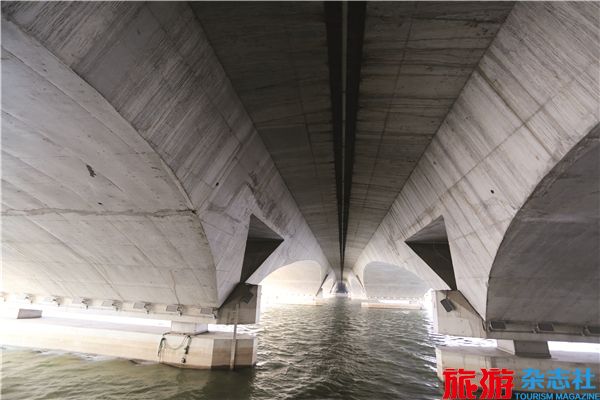
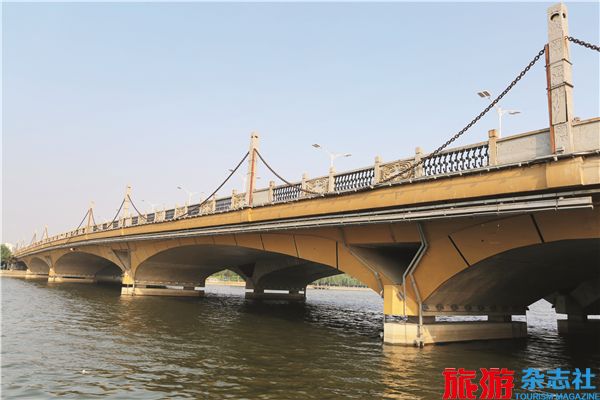
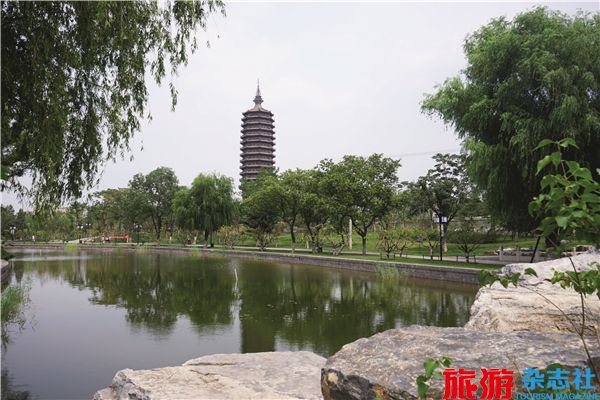
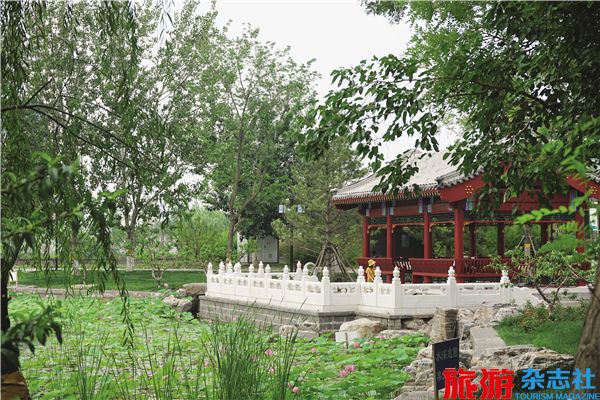
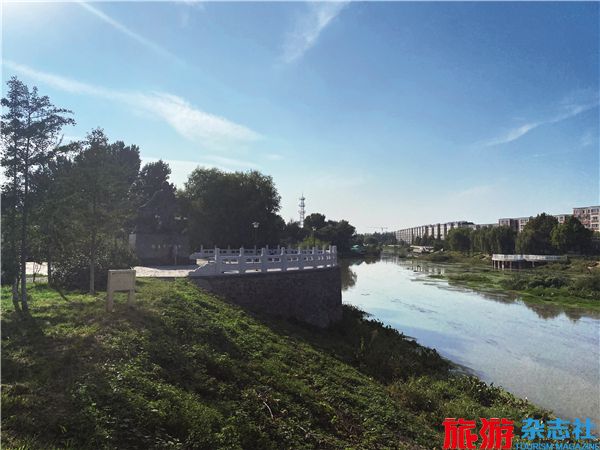
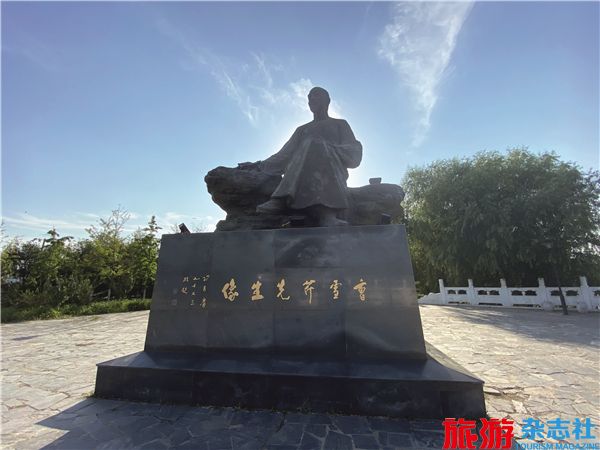
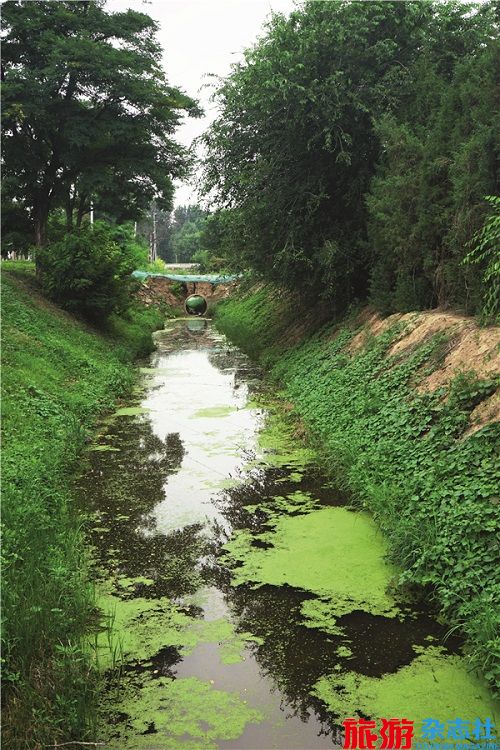
The Ancient Canal – The Hub of Grain Transportation
Why is Tongzhou so prosperous?
Let’s look back in history. The Lu River Canal opened in the Jin Dynasty was used by the Yuan, Ming and Qing Dynasties, serving as an important part of the Beijing-Hangzhou Grand Canal. It was named as the Bai River in Yuan, Bai Cao in Ming, and North Canal in Qing. Since the Jin Dynasty, Tongzhou has been the north end of the Beiguo Canal. Since the Yuan Dynasty, Tongzhou has been the northern end of the Beijing-Hangzhou Grand Canal – its strategic position as a grain transport hub is self-evident. However, its history can date back to the Qin and Han Dynasties. As early as the First Emperor of Qin unified China, to suffice food supply to officers and soldiers who guard the Great Wall, the imperial government sent many officials to collect food from prosperous counties offshore, such as Huang Chui and Lang Ya, and transport grain to the now Haihe River, Tianjin by cart or ships. Furthermore, the collected grain was transferred to the outside of Tongzhou City by ship along the Bei River, also known as the Bai River, (now the North Canal), then to the northern section of the Great Wall by cart. Evidently, the Tongzhou nowadays was already a by-water food transport hub 2000 years ago.
Emperor Wanyan Liang of the Jin Dynasty planned to build a new capital Yan Jing in the third year of Tiande Era. Therefore, a large number of grain and goods needed to be collected and transferred from the Huai River and the Yellow River area, which then would be transported along the old waterway of Yongji Canal to Dingzigu (now Tianjin), then along the Lu River (now the North Canal) to the east of Lu County (now Tongzhou). Finally, the grain would be transported by cart to the construction sites of capital – all these explain the meaning of “hub of grain transport”, and Lu County was then promoted to Tongzhou. In the first year of Emperor Wanyan Liang’s reign in Zhenyuan Era, the capital construction was finished, and the Jin Dynasty moved its capital from the present Acheng in Heilongjiang Province to Yanjing, which was renamed Zhongdu: this is the origin of the old saying that Tongzhou comes before the capital.
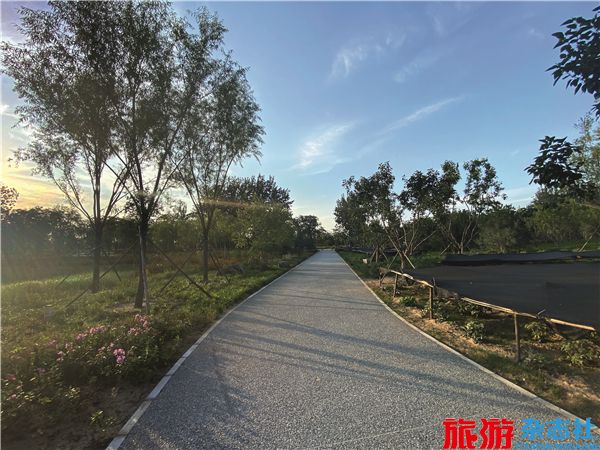
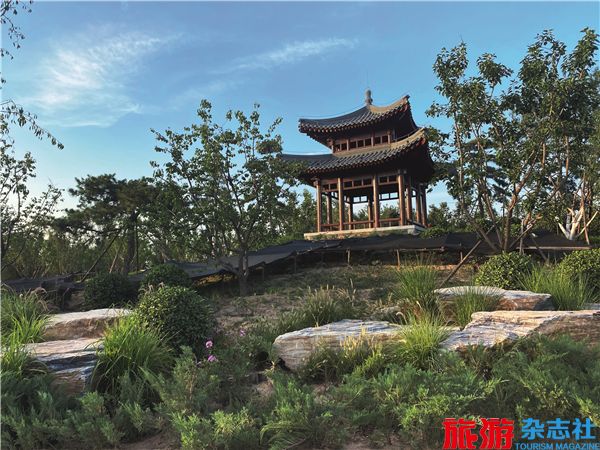


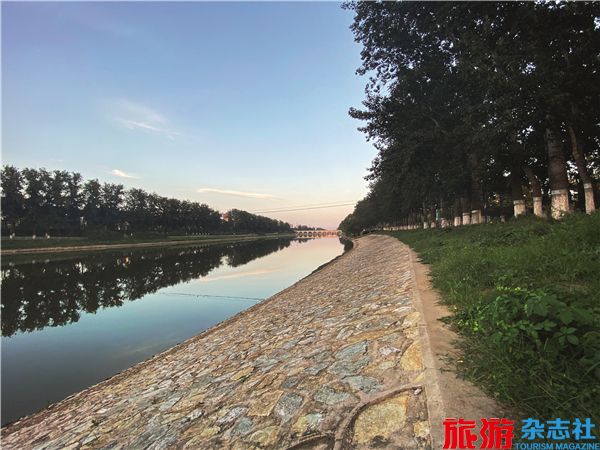
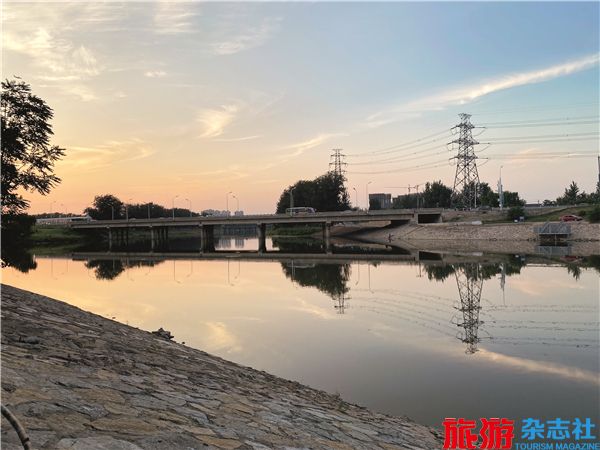
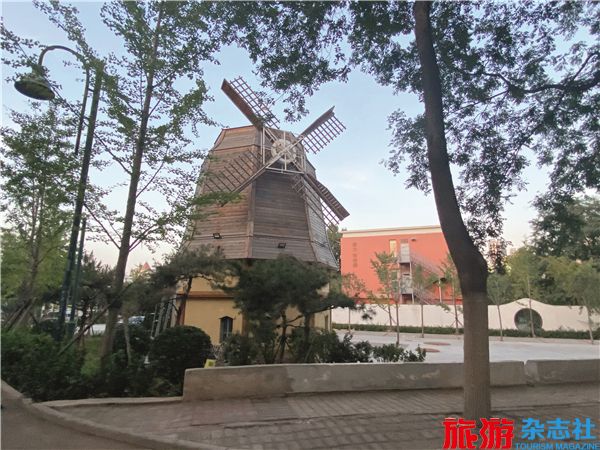
In order to quickly and sufficiently transport products from the Yangtze River and the Huai river areas to the capital, the imperial government of the Yuan Dynasty built the Jizhou River and Huitong River successively, straightened the bend of the Grand Canal in the Sui and Tang Dynasties, cut off the bend of the river surrounding Luoyang from the west, and restored the Bai River, finally developing the Beijing-Hangzhou Grand Canal. At the same time, to improve the transfer between Tongzhou, the north end of the Grand Canal (including Zhangjiawan) and the capital city, the imperial government of Yuan Dynasty built the Ba River (from Mazhuang, the north of Yongshun Town, Tongzhou to Guangxi gate, the east gate of the capital city – namely outside Dongzhimen today) and the Tonghui River (now from Zhangjiawan city in Tongzhou to Jishuitan Lake in the capital city) successively. A large amount of food was transported to Zhangjiawan in Tongzhou by the Beijing-Hangzhou Grand Canal, and then transported into the capital by the Tonghui River and the Ba River.
In the fourth year of Emperor Yongle’s reign in the Ming Dynasty (1406), in preparation of moving the capital to Beijing, Emperor Yongle of the Ming Dynasty dispatched his ministers to Sichuan, Jiangxi, Huguang (now Hunan and Hubei), Zhejiang and Shanxi to collect woods and build a palace in Beijing. The large number of precious woods from the Yangtze River and the Huai river areas were transported along the rivers to the Grand Canal, and then to Zhangjiawan. Because the waterway of the Grand Canal from the north of Tongzhou to Zhangjiawan was too shallow to navigate ships, ships and rafts from the south could not directly arrive in Tongzhou but only in Zhangjiawan for wood storage. Therefore, there was a timber factory built by the Ministry of Works here to store the wood for royal construction, thus called “Royal Timber Factory.” The Royal Timber Factory village in Zhangjiawen today has its namesake. Later in the seventh year of Emperor Jiajing’s reign (1528), the governors endeavored to shut out all the dissensions, insisted and presided over the reconstruction of Tonghui River, shifting the river estuary from to the north of Zhangjiawen to the north of Tongzhou. At the same time, they improved the section between the north of Tongzhou and Zhangjiawen, allowing ships to navigate straight to the Tongzhou City, thus shortening the distance of land transport between Beijing and Tongzhou. Then, the Ministry of Works set up another royal timber factory on the west bank of the north Grand Canal in Tongzhou city. When a village developed there, it was also named the Royal Timber Factory and is still in use today.
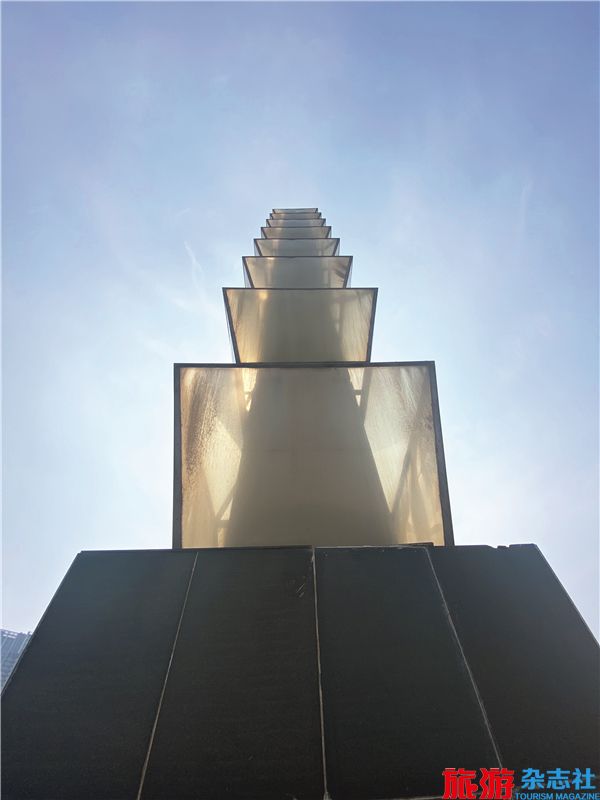

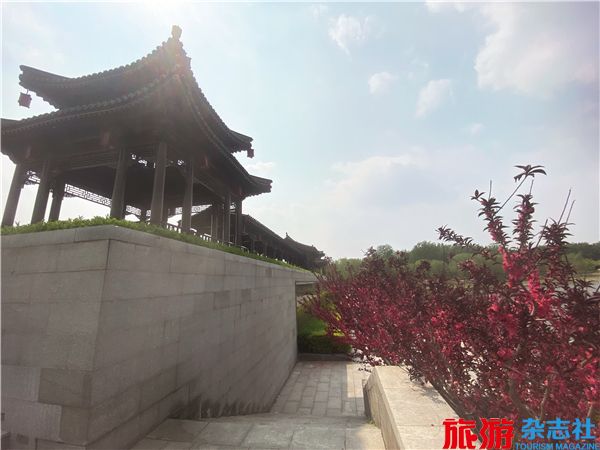

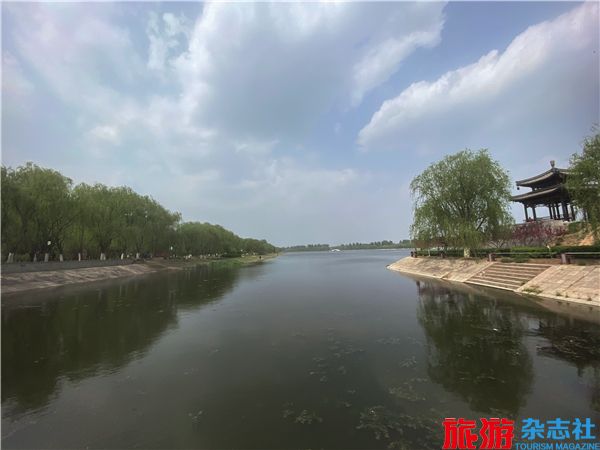


Since the 1970s, ten imperial wood have been unearthed on both sides of the Grand Canal in the east of Tongzhou city or during the water governance, including Phoebe zhennan, lignum vitae, wenge, Erythrophleum fordii and acacia wood. They are pealed square timber, ranging from 7 to 12 meters in length ……

 京公网安备 11010502035003号
京公网安备 11010502035003号